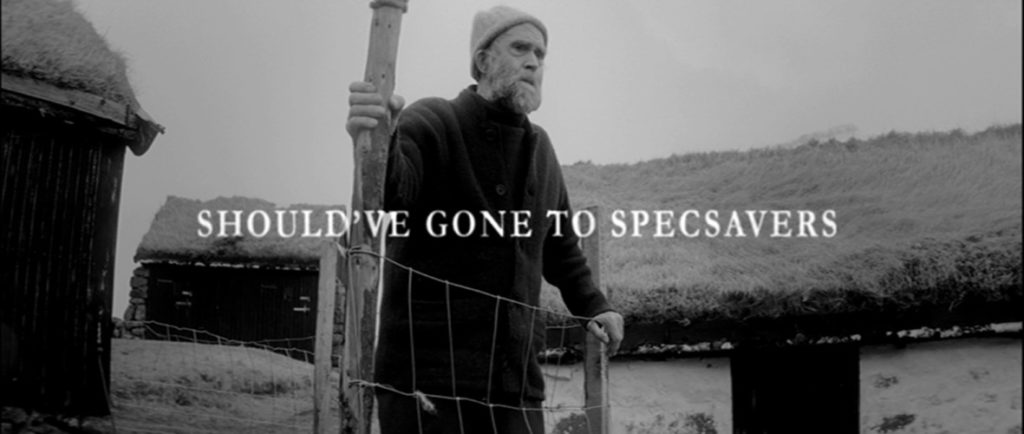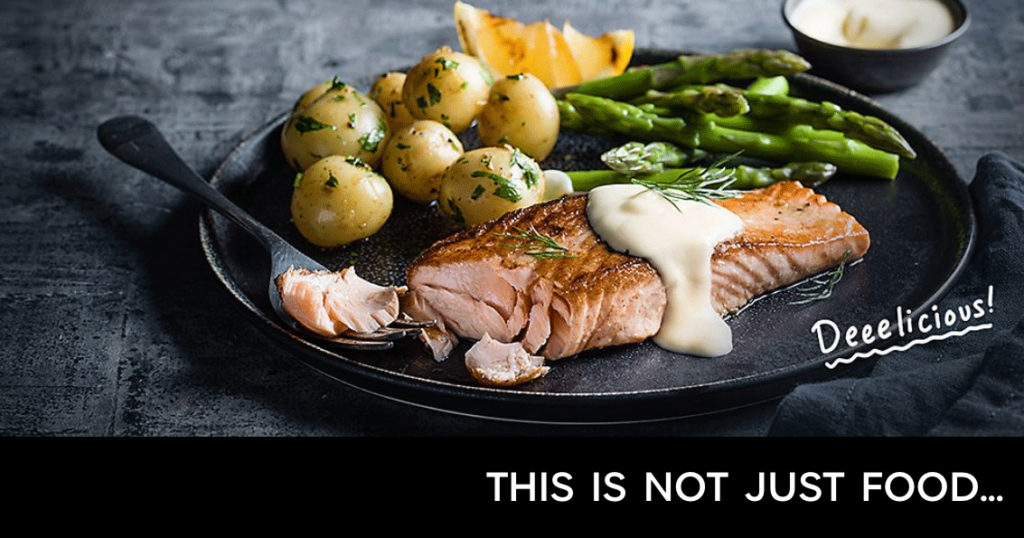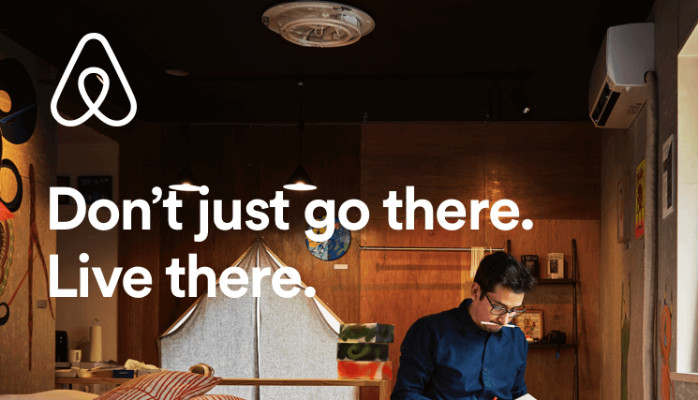Blog
Storytelling at its best: the brand stories we love and why
Following on from World Storytelling Day on the 20th of March, I’ve found myself thinking about such brand stories; those which have stuck with me over the years and changed the way I’ve looked at an organisation. More importantly, I’ve been thinking about the reasons behind their success and why the stories have worked so well. While all take a different approach, each one uses the same six steps to encapsulate their brand story, whilst injecting something uniquely human to ensure campaign success.

-
Specsavers – Should’ve gone to Specsavers
The ‘Should’ve gone to Specsavers’ campaign has, without doubt, been an unmitigated success. The campaign launched in 2002, following on from a few different marketing campaigns (including an interesting, perhaps slightly too grandiose, advert featuring Professor Stephen Hawking) and aimed to make eyecare feel more accessible. It certainly did that and now, some 20 years down the line, the short tagline has become instantly recognisable with the brand, in pop culture and in its use in everyday life.
The six steps
Our hero is the consumer, on a mission to find the right pair of glasses or contact lenses at the right price for them. The problem is that eyecare can be overwhelming expensive and there is so much choice available. Our guide, Specsavers, is here to help navigate the journey through the vast number of options and present our hero with a resolution – an affordable and stylish solution, that will allow them to get on with their day-to-day life without breaking the bank.
The human element?
Humour. The story is told in a witty fashion, outlining exactly what the company does and highlighting its brand story, but also connecting with customers by engaging with them in a light-hearted way. Glasses are, for many, a necessity and reminding people of some of the (comical) pitfalls that may occur if they fail to make the right choices when it comes to their sight, hits home with their target audience and makes Specsavers a memorable player in the industry.

-
Marks and Spencers – This is not just food
I think it’s fair to say Marks and Spencers has become synonymous with the British middle-class. Having been around since 1881 the company has seen its fair share of ups and downs but, following some genius marketing back in 2004, the company has cemented itself as a goliath in the ‘quality’ goods market and continues to thrive. They don’t just sell food. They sell M&S food.
The six steps
Again, our hero is the consumer, but this time their mission is to buy high-quality food. The problem is that not all food is of the quality our hero wants. Our guide, M&S, arrives to help us on our grocery-related journey and lead us to our resolution – some tasty, top-quality dinner.
The human element?
Sex. Yes, it’s a little cliché, but sex really does sell. Marks and Spencers used this to a brilliant effect in its efforts to highlight the quality of its food. The voice, the seductive language used to describe the ingredients, the close-up cinematography showing a leg of lamb being slowly drizzled in a rich gravy. It’s no wonder it gave birth to the term ‘food porn’ and became the instantly recognisable campaign we know today.

-
Airbnb – Live there
A newer brand than the previous two, but nonetheless a brand that has emotionally connected with its audience and presents itself as a key part of any traveller’s life. Their story challenges the hotel industry and offers a totally redefined travel experience as a result.
The six steps
Once again, our hero is the consumer, a traveller this time, on a mission to see and experience the world. The problem is travel can be expensive and it has become over desired, causing tourist spots to become congested and uninviting. Our guide, Airbnb, is here to help us on our journey to a reimagined way of travelling, leading us to our resolution – cheaper and more authentic travel experiences.
The human element?
Community. The focus of Airbnb’s ‘live there’ campaign was to discourage people from travelling like regular tourists, going to the same spots and taking the same pictures and, instead, to live in a new place like a local. It used its base of hosts to present new experiences, led by those that live there from a ‘home’ and not a ‘hotel’. This stayed true to the brand story, as well as capitalising on our human need for connection, which built an incredibly successful marketing campaign.
These are just a few examples of where a strong brand story, combined with the inclusion of a human element, have increased brand awareness and forced us to view a company in a completely new way.
If you want to find out more about crafting a brand story for your own business, why not join one of our Storytelling Academy workshops.
